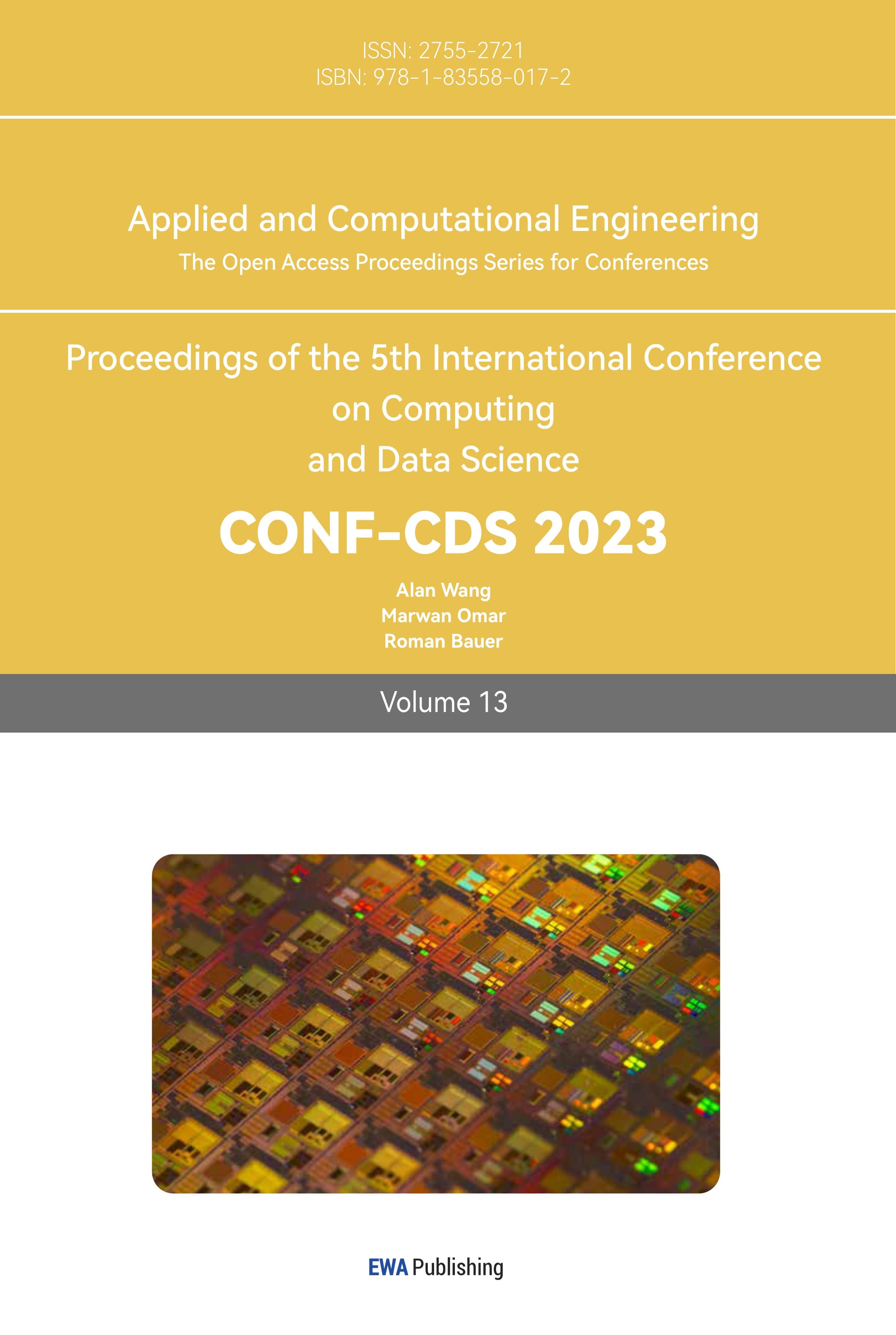References
[1]. Silver, David, et al. “Mastering the Game of Go with Deep Neural Networks and Tree Search.” Nature, vol. 529, no. 7587, 2016, pp. 484–489., https://doi.org/10.1038/nature16961.
[2]. Song, Sen, et al. “Competitive Hebbian Learning through Spike-Timing-Dependent Synaptic Plasticity.” Nature Neuroscience, vol. 3, no. 9, Sept. 2000, pp. 919–926., https://doi.org/10.1038/78829.
[3]. Silver, David, et al. “Mastering the Game of Go without Human Knowledge.” Nature, vol. 550, no. 7676, 2017, pp. 354–359., https://doi.org/10.1038/nature24270.
[4]. Rumelhart, David E., et al. “Learning Representations by Back-Propagating Errors.” Nature, vol. 323, no. 6088, 1986, pp. 533–536., https://doi.org/10.1038/323533a0.
[5]. Goodfellow, Ian, et al. Deep Learning. MITP, 2018.
[6]. Arora, Monika, and Vineet Kansal. “Character Level Embedding with Deep Convolutional Neural Network for Text Normalization of Unstructured Data for Twitter Sentiment Analysis.” Social Network Analysis and Mining, vol. 9, no. 1, 2019, https://doi.org/10.1007/s13278-019-0557-y.
[7]. Zhong, Botao, et al. “Convolutional Neural Network: Deep Learning-Based Classification of Building Quality Problems.” Advanced Engineering Informatics, vol. 40, 2019, pp. 46–57., https://doi.org/10.1016/j.aei.2019.02.009.
[8]. Li, Mu, et al. “Efficient Mini-Batch Training for Stochastic Optimization.” Proceedings of the 20th ACM SIGKDD International Conference on Knowledge Discovery and Data Mining, 2014, https://doi.org/10.1145/2623330.2623612.
[9]. Olson, Matthew, et al. “Modern Neural Networks Generalize on Small Data Sets.” Advances in Neural Information Processing Systems, 1 Jan. 1970, https://papers.nips.cc/paper/7620-modern-neural-networks-generalize-on-small-data-sets.
[10]. Tamura, S., and M. Tateishi. “Capabilities of a Four-Layered Feedforward Neural Network: Four Layers versus Three.” IEEE Transactions on Neural Networks, vol. 8, no. 2, Mar. 1997, pp. 251–255., https://doi.org/10.1109/72.557662.
Cite this article
Xu,Z. (2023). Predicting houses price by deep learning neural network. Applied and Computational Engineering,13,153-159.
Data availability
The datasets used and/or analyzed during the current study will be available from the authors upon reasonable request.
Disclaimer/Publisher's Note
The statements, opinions and data contained in all publications are solely those of the individual author(s) and contributor(s) and not of EWA Publishing and/or the editor(s). EWA Publishing and/or the editor(s) disclaim responsibility for any injury to people or property resulting from any ideas, methods, instructions or products referred to in the content.
About volume
Volume title: Proceedings of the 5th International Conference on Computing and Data Science
© 2024 by the author(s). Licensee EWA Publishing, Oxford, UK. This article is an open access article distributed under the terms and
conditions of the Creative Commons Attribution (CC BY) license. Authors who
publish this series agree to the following terms:
1. Authors retain copyright and grant the series right of first publication with the work simultaneously licensed under a Creative Commons
Attribution License that allows others to share the work with an acknowledgment of the work's authorship and initial publication in this
series.
2. Authors are able to enter into separate, additional contractual arrangements for the non-exclusive distribution of the series's published
version of the work (e.g., post it to an institutional repository or publish it in a book), with an acknowledgment of its initial
publication in this series.
3. Authors are permitted and encouraged to post their work online (e.g., in institutional repositories or on their website) prior to and
during the submission process, as it can lead to productive exchanges, as well as earlier and greater citation of published work (See
Open access policy for details).
References
[1]. Silver, David, et al. “Mastering the Game of Go with Deep Neural Networks and Tree Search.” Nature, vol. 529, no. 7587, 2016, pp. 484–489., https://doi.org/10.1038/nature16961.
[2]. Song, Sen, et al. “Competitive Hebbian Learning through Spike-Timing-Dependent Synaptic Plasticity.” Nature Neuroscience, vol. 3, no. 9, Sept. 2000, pp. 919–926., https://doi.org/10.1038/78829.
[3]. Silver, David, et al. “Mastering the Game of Go without Human Knowledge.” Nature, vol. 550, no. 7676, 2017, pp. 354–359., https://doi.org/10.1038/nature24270.
[4]. Rumelhart, David E., et al. “Learning Representations by Back-Propagating Errors.” Nature, vol. 323, no. 6088, 1986, pp. 533–536., https://doi.org/10.1038/323533a0.
[5]. Goodfellow, Ian, et al. Deep Learning. MITP, 2018.
[6]. Arora, Monika, and Vineet Kansal. “Character Level Embedding with Deep Convolutional Neural Network for Text Normalization of Unstructured Data for Twitter Sentiment Analysis.” Social Network Analysis and Mining, vol. 9, no. 1, 2019, https://doi.org/10.1007/s13278-019-0557-y.
[7]. Zhong, Botao, et al. “Convolutional Neural Network: Deep Learning-Based Classification of Building Quality Problems.” Advanced Engineering Informatics, vol. 40, 2019, pp. 46–57., https://doi.org/10.1016/j.aei.2019.02.009.
[8]. Li, Mu, et al. “Efficient Mini-Batch Training for Stochastic Optimization.” Proceedings of the 20th ACM SIGKDD International Conference on Knowledge Discovery and Data Mining, 2014, https://doi.org/10.1145/2623330.2623612.
[9]. Olson, Matthew, et al. “Modern Neural Networks Generalize on Small Data Sets.” Advances in Neural Information Processing Systems, 1 Jan. 1970, https://papers.nips.cc/paper/7620-modern-neural-networks-generalize-on-small-data-sets.
[10]. Tamura, S., and M. Tateishi. “Capabilities of a Four-Layered Feedforward Neural Network: Four Layers versus Three.” IEEE Transactions on Neural Networks, vol. 8, no. 2, Mar. 1997, pp. 251–255., https://doi.org/10.1109/72.557662.









